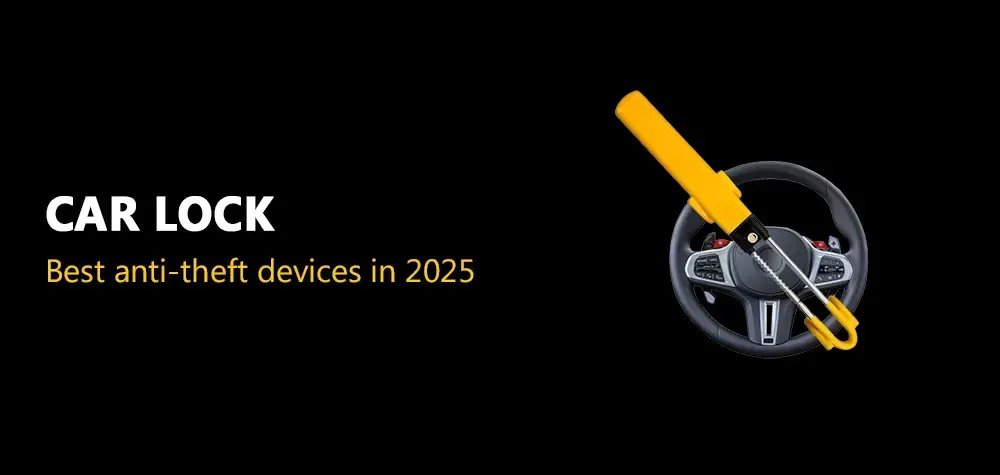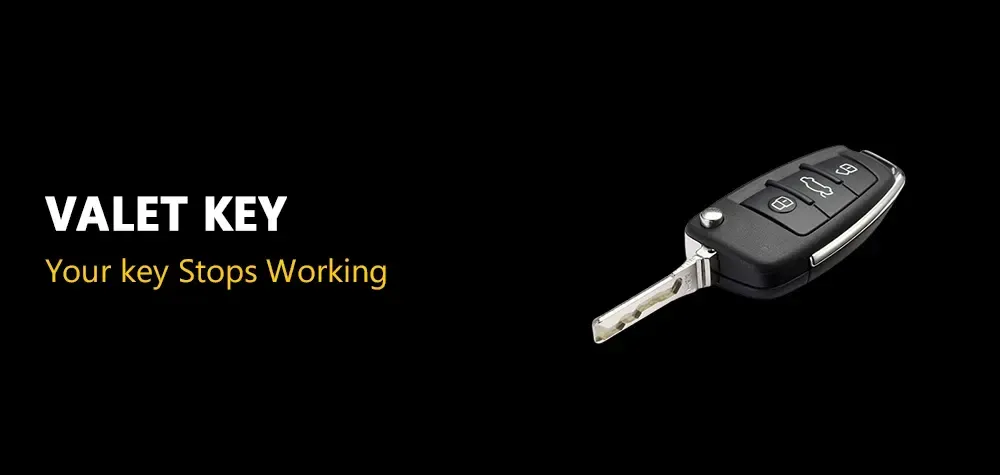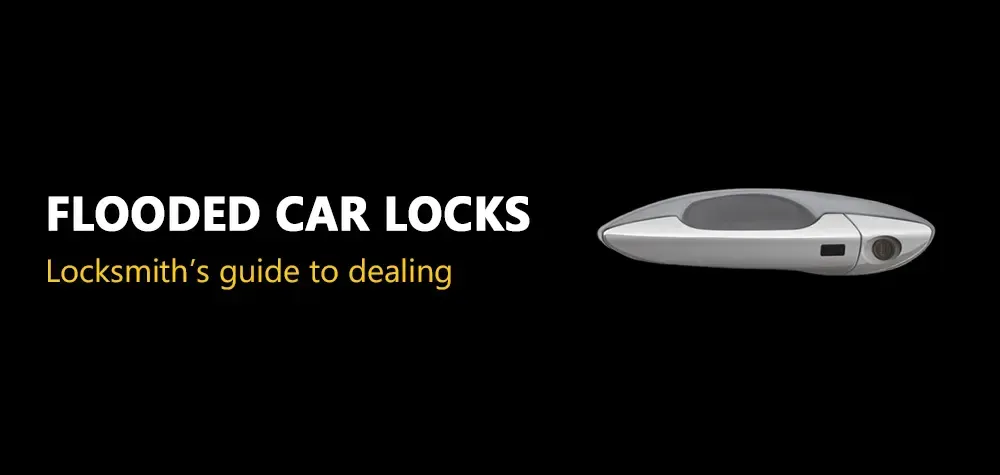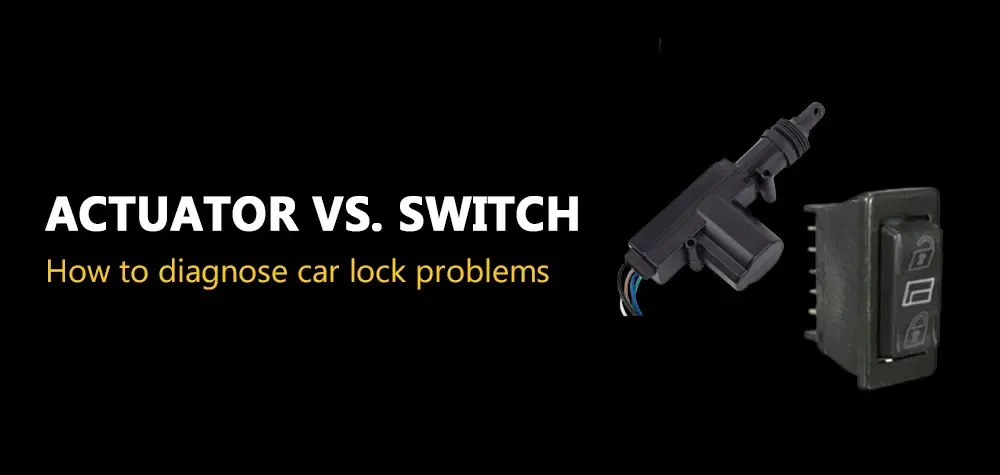How to Open a Locked Closet Door
We've all been there—standing in front of a locked closet door, feeling the frustration build as we realize we can't access what's inside. Whether it's a forgotten key or a malfunctioning lock, dealing with a locked closet door can be a real hassle. But don’t worry, we've got you covered. In this guide, we'll share five simple and effective tips to help you unlock that stubborn door without causing damage. So, let’s dive in and get that closet open!
Understanding the Lock Type
Before you start trying to unlock your closet door, it’s important to identify the type of lock you’re dealing with. Closet doors typically feature a few common lock types, such as knob locks, lever locks, deadbolts, or padlocks. Knowing the lock type will help you choose the most effective unlocking method. Take a close look at the lock and note its characteristics—does it have a keyhole, a push-button, or a twist mechanism? Understanding the lock type is the first step to successfully unlocking your closet door.
Using a Credit Card
If you find yourself locked out of your closet with no key in sight, using a credit card can be a simple and effective way to open the door. Here's how:
- Select a Flexible Card: Choose a sturdy yet flexible card, such as an expired credit card or a gift card.
- Insert the Card: Slide the card between the door and the doorframe, positioning it above the latch.
- Wiggle and Slide: Wiggle the card while applying slight pressure towards the latch. This action should help disengage the latch mechanism.
- Apply Pressure: While maintaining pressure on the card, push or pull the door gently to encourage it to open.
- Repeat if Necessary: If the door doesn’t open on the first try, continue wiggling and sliding the card while applying pressure until the latch releases.

Picking the Lock with a Paperclip
Picking the lock with a paperclip is another method that can be effective for certain types of locks. Here's how to do it:
- Straighten the Paperclip: Take a paperclip and straighten it out completely, forming a long, thin wire.
- Create a Hook: Using pliers or your fingers, bend the end of the paperclip to create a small hook.
- Insert the Paperclip: Insert the hooked end of the paperclip into the keyhole of the lock, pushing it in as far as it will go.
- Feel for Pins: Gently push the paperclip upward while applying slight rotational pressure. You may feel resistance as you encounter the pins inside the lock.
- Manipulate the Pins: Slowly manipulate the pins one by one, pushing them up until you hear or feel a click. This indicates that the pins are set in the correct position.
- Rotate the Lock: Once all pins are set, apply a bit more rotational pressure to the paperclip while turning it slightly in the direction that unlocks the door.
- Open the Door: With the correct pins set and the lock turned, you should be able to open the door.
Read more aboutHow to Lock a Closet Door Without a Lock!
Removing the Doorknob
If your closet door has a locking doorknob, you may be able to bypass the lock by removing the entire knob assembly. Here's how:
- Locate the Screws:Look for screws or bolts on the faceplate or collar of the doorknob. These are usually located on either side of the knob where it meets the door.
- Unscrew the Hardware: Use a screwdriver to loosen and remove the screws or bolts holding the doorknob in place. Set the hardware aside in a safe location.
- Separate the Doorknob: Once the screws are removed, you should be able to separate the two halves of the doorknob, exposing the latch mechanism inside.
- Manipulate the Latch: With access to the latch mechanism, use your fingers or a tool to manipulate the latch and release it from the strike plate on the door frame.
- Open the Door: Once the latch is released, you should be able to open the door freely. If necessary, reinstall the doorknob hardware once you've gained entry to the closet.
Using a Bump Key
A bump key is a specially designed key that can be used to "bump" the pins inside a lock and force it open. Here's how to use a bump key:
- Obtain a Bump Key: Purchase or obtain a bump key that matches the type of lock on your closet door.
- Insert the Bump Key: Insert the bump key into the keyhole of the lock, ensuring it is fully seated.
- Apply Pressure: While keeping pressure on the key, strike the head of the key with a small hammer or blunt object. The impact should cause the pins inside the lock to jump, allowing the key to turn and unlock the door.
- Turn the Key: Once the pins are bumped, turn the key slightly in the direction that unlocks the door.
- Open the Door: With the key turned, you should be able to open the door freely.
Calling a Locksmith
If all else fails or if you're uncomfortable attempting to unlock the closet door yourself, it's best to call a professional locksmith for assistance. Here's why:
- Assessment: A locksmith can assess the situation and determine the best course of action for unlocking the door without causing damage.
- Expertise: Locksmiths have the knowledge, skills, and specialized tools needed to handle a wide range of lock-related issues.
- Minimal Damage: A locksmith can often unlock the door with minimal or no damage to the lock or door, preserving the integrity of your property.
- Emergency Service: Many locksmiths offer emergency services and can respond quickly to help you regain access to your closet.
- Peace of Mind: By hiring a locksmith, you can have peace of mind knowing that the problem will be resolved safely and effectively.
You can choose Brothers Locksmith for excellent closet lockout services!
Conclusion
Dealing with a locked closet door can be frustrating, but with the right knowledge and tools, you can regain access quickly and safely. Whether you choose to use DIY methods like using a credit card or paperclip, or prefer to call a professional locksmith, there are options available to suit your needs. Remember to prioritize safety, exercise caution, and always follow local laws and regulations. By following the tips outlined in this guide, you can unlock your closet door with confidence and minimal hassle.
If you encounter difficulties or prefer professional assistance, don't hesitate to contact Brothers locksmith for help. With their expertise and specialized tools, they can assist you in unlocking your closet door efficiently and without causing damage. Whether you choose to handle the situation yourself or seek professional assistance, rest assured that a solution is within reach.
Call Us Any Time!









